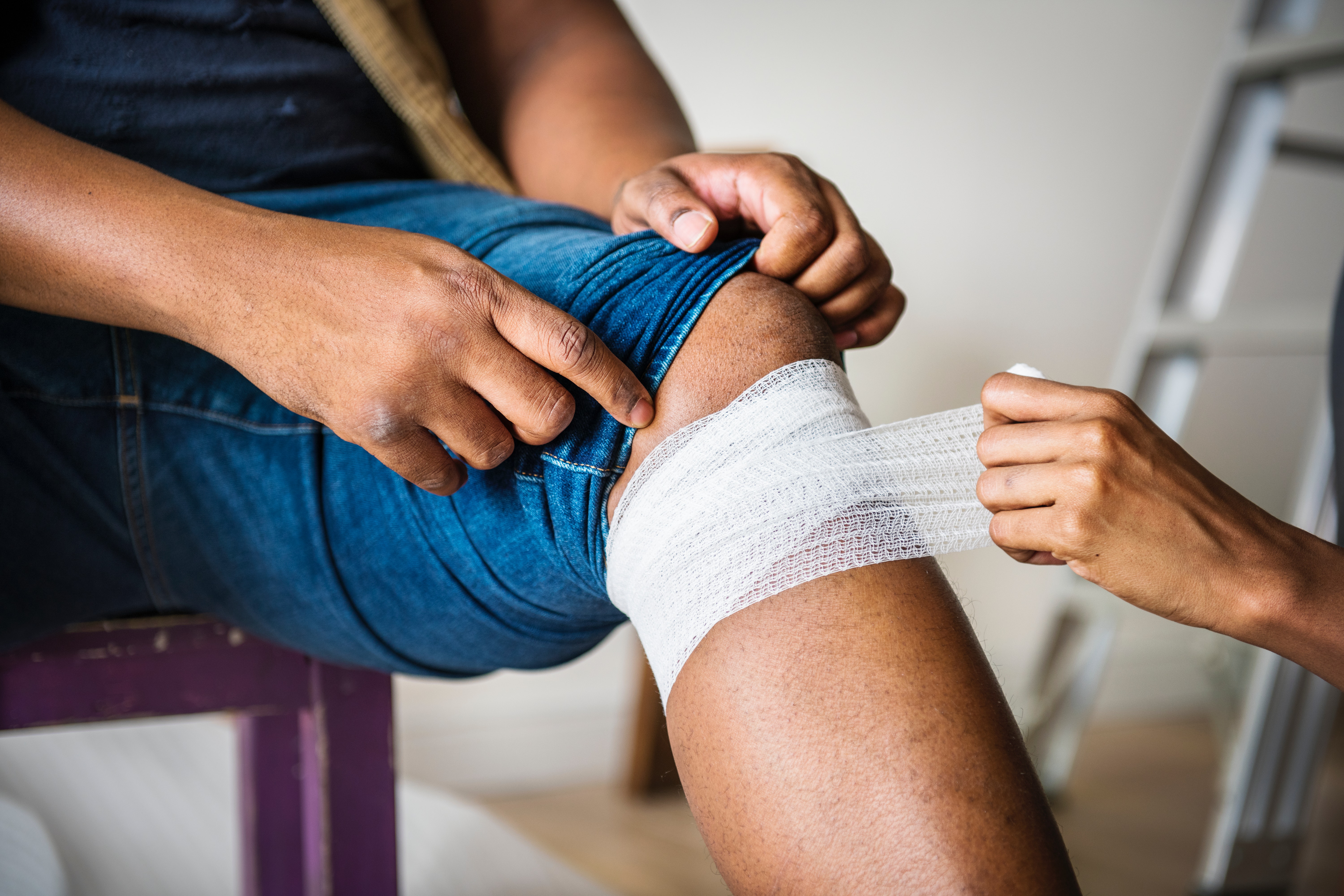
As mid-July approaches, Arkansas families are flocking to beaches along the Gulf Coast for long-awaited summer vacations. The beach is a welcome retreat for those seeking rest and relaxation. However, recent news stories have highlighted a rare, but dangerous, risk for beach visitors — necrotizing fasciitis.
Necrotizing fasciitis, also known as “flesh-eating bacteria,” is a rare bacterial infection that can spread quickly in the body. While several types of bacteria can cause necrotizing fasciitis, the Centers for Disease Control and Prevention (CDC) reports that bacteria called group A Streptococcus (group A strep) are the most common cause of infection. These bacteria flourish in open bodies of water, including lakes, streams, and oceans. Typically, bacteria enter into the body through cuts and scrapes, insect bites, and other minor wounds.
The CDC notes that once bacteria enter the body, infection can spread rapidly. Early signs of necrotizing fasciitis can include red and swollen areas on the skin, severe pain, and fever. Symptoms can escalate quickly, leading to ulcers, blisters or black spots on the skin, changes in the color of the skin, pus or oozing, dizziness, fatigue, and diarrhea or nausea. Additionally, serious complications can occur including sepsis, shock, organ failure, and death.
To prevent potentially fatal complications, medical attention should be sought immediately after symptoms appear. Good wound care and prevention practices can also help to prevent necrotizing fasciitis, such as cleaning all minor cuts and broken-skin injuries with soap and water, covering draining or open wounds until they heal, and washing hands frequently. Avoiding hot tubs, swimming pools, and natural bodies of water is also recommended for those with open wounds.





